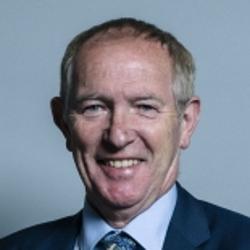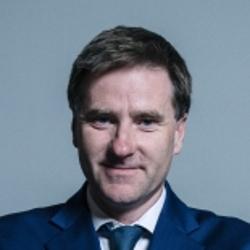Pharmacy: Expenditure
(asked on 11th February 2019) - View SourceQuestion to the Department of Health and Social Care:
To ask the Secretary of State for Health and Social Care, how much and proportion of pharmacy funding has been spent on (a) dispensing and (b) enhanced services in each year since 2015-16.
The Government has been clear that it wants to change the focus of the health and care system onto prevention and Ministers have also set out an ambition for local pharmacies to play a stronger role in helping people stay well in the community. The Department has committed to publishing a Green Paper on prevention that will set out how these plans will be achieved in more detail. An assessment specifically focusing on the potential merits of nationally commissioning more public health services through community pharmacy has not been undertaken.
An updated list of the 1,413 pharmacies found to be eligible for the pharmacy access scheme was published in January 2018, this is publicly available and can be found at the following link:
A small proportion of the pharmacies eligible for the scheme will not receive a payment because they do not meet the payment criteria as set out in the Drug Tariff. This means their income in 2016/17 is greater than their 2015/16 income less a 1% efficiency saving, and/or their estimated income in 2017/18 and 2018/19 is greater than their 2015/16 income less a 3% efficiency saving. The number and proportion of pharmacies on the scheme in receipt of a payment, for each year that the scheme has been running, is set out in the following table.
| Total number of eligible pharmacies | Total number of pharmacies receiving zero payments | Total number of pharmacies in receipt of payment |
2016/17 | 1,402 | 47 (3%) | 1,355 (97%) |
2017/18 | 1,415[1] | 57 (4%) | 1,358 (96%) |
[1]Two additional pharmacies have been accepted on to the scheme since the publication of the updated list. This explains the difference in the figures of 1,413 and 1,415 for 2017/18.
The fees and allowances paid under the Community Pharmacy Contractual Framework (CPCF) for the provision of essential services, including dispensing, provided by community pharmacies each year from April 2015 to March 2018 are detailed in the following table, based on data provided by NHS England. The structure of fees and allowances does not allow payments just for dispensing to be isolated. These payments do not include the medicine margin that community pharmacies earn as part of the payment for essential services, which is paid through reimbursement within the drugs’ bill.
Enhanced services are locally commissioned. As such they are funded outside of the national CPCF and the Department does not hold the information sought.
Time period | Total essential services funding2 /£ | Total national CPCF funding (essential and advanced services) less medicines margin/ £ | Funding for essential services as a proportion of total national CPCF funding (essential and advanced services) less medicines margin/ % |
2015/16 | 1,881,828,149 | 2,000,000,000 | 94 |
2016/17 | 1,769,216,586 | 1,887,000,000 | 94 |
2017/18 | 1,668,141,583 | 1,792,000,000 | 93 |
2This comprises the fees and allowances paid under Part IIIA: Professional Fees (Pharmacy Contractors) and Part VIA: Payment for Essential Services (Pharmacy Contractors) of the Drug Tariff, and through the Quality Payment Scheme and Pharmacy Access Scheme. This does not include medicines margin.
Within the NHS Long Term Plan, Government has committed to expanding the number of pharmacists in Primary Care Networks. These pharmacists are well placed to work alongside the wider medical team to optimise the use of medicines, promote medicines adherence and improve the clinical and cost effectiveness of prescribed medications. Identifying and supporting patients on complex polypharmacy and those with long term conditions necessitating repeat prescriptions will form an important part of their role. Alongside this, in August 2018, NHS England, announced plans for a new pilot scheme, with investment of £1 million from the Pharmacy Integration Fund to develop system leadership within pharmacy across all settings. These pharmacy leaders will set the vision to systematically tackle medicines optimisation priorities for the local population within GP Network and Integrated Care System foot prints, further supporting medicines adherence, and in turn reducing medicines wastage.

